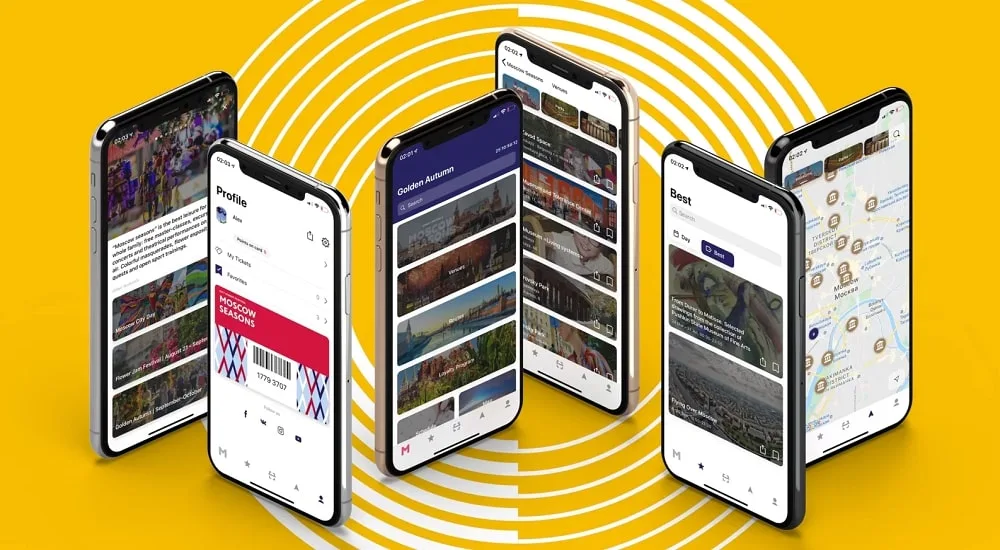
Mobile Application Design
In the digital age, mobile applications have become the cornerstone of access to information, entertainment, and services. The design of these applications plays a crucial role in determining their success and user engagement. Ideal mobile application design transcends mere aesthetics, focusing on functionality, user experience (UX), and user interface (UI) to create solutions that are both visually appealing and intuitively usable.
What is Mobile Application Design?
Mobile application design refers to the process of creating software applications that run on mobile devices, with a focus on optimizing usability, experience, and interaction. This process encompasses the visual appearance as well as the user interface and experience, combining elements such as layout, colors, typography, and interactive features to make the application both functional and attractive.
Differences in Design Development for Android and iOS
Designing for Android and iOS platforms requires an understanding of their distinct guidelines and user expectations. Android design follows Material Design principles, emphasizing bold, graphic interfaces with meaningful motion and interaction. iOS design, guided by Human Interface Guidelines, favors minimalism, clarity, and depth. The choice of platform influences not just aesthetic elements but also navigation patterns, iconography, and gestures, necessitating tailored approaches to ensure optimal user experiences on each platform. It is also worth considering that if you are developing an application for an online casino, then you should use more aggressive colors. A good example is the spillehallen casino application, where the color scheme is balanced.

Tips for Developing Application Design
- Start with User Research: Understanding your target audience’s needs and behaviors is foundational.
- Focus on Simplicity: A clutter-free design enhances usability and appeal.
- Ensure Consistency: Uniform elements and interactions across the app improve learnability.
- Prioritize Navigation: Intuitive navigation systems guide users smoothly through app features.
- Optimize for Different Screen Sizes: Design should be responsive to accommodate a range of devices.
- Test and Iterate: Regular user testing and refinement based on feedback are essential for success.
Priority in UX/UI Design
In the realm of application design, the emphasis is increasingly on enhancing the user experience (UX) and the user interface (UI). The UX design focuses on the overall feel of the experience, aiming to make app usage as intuitive and satisfying as possible. UI design, on the other hand, concentrates on the visual and interactive elements of the app’s surfaces. An ideal design harmonizes UX and UI, ensuring that users not only find the app aesthetically pleasing but also easy and rewarding to use.
What’s Trending Now?
Current trends in mobile application design reflect the evolving digital landscape:
- Dark Mode: Offering aesthetic appeal and reducing eye strain, dark mode is increasingly popular.
- Voice-Activated Interfaces: With the rise of virtual assistants, voice interaction is becoming a key feature.
- Augmented Reality (AR): AR integrates digital information with the real world, offering immersive experiences.
- Minimalism: The less-is-more approach focuses on core functionalities with clean, uncluttered design.
- Microinteractions: Small, engaging interactions enhance the feeling of direct manipulation and responsiveness.
The spillehallen casino mobile app’s perfectly crafted design is user-centric and combines aesthetic appeal with functional simplicity to create a seamless and engaging user experience. Adapting designs to fit platform-specific guidelines, prioritizing UX/UI integration, and staying abreast of current trends are pivotal. As technology evolves, so too does the landscape of application design, promising ever more innovative ways to meet user needs and preferences.
